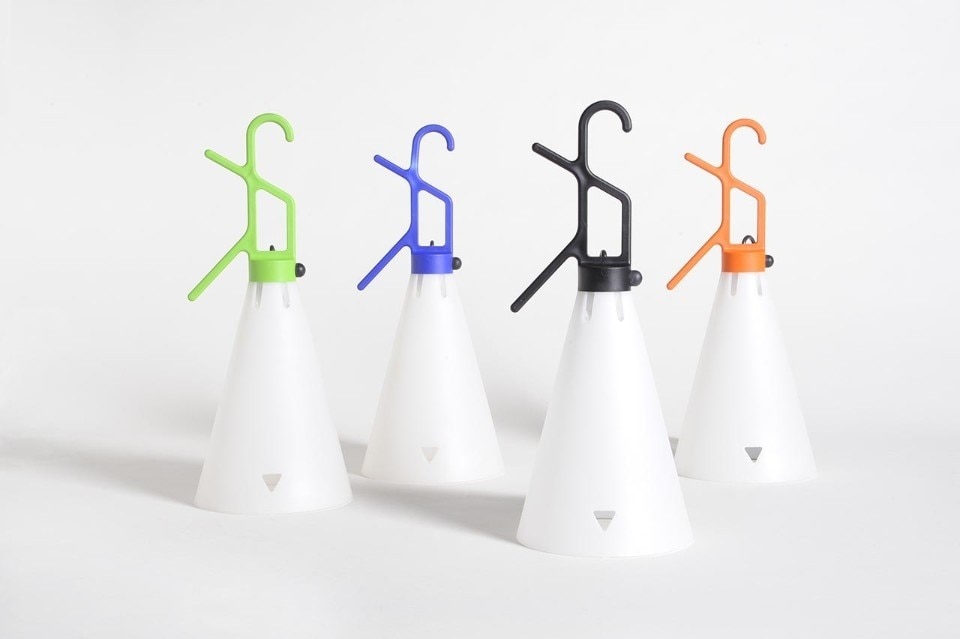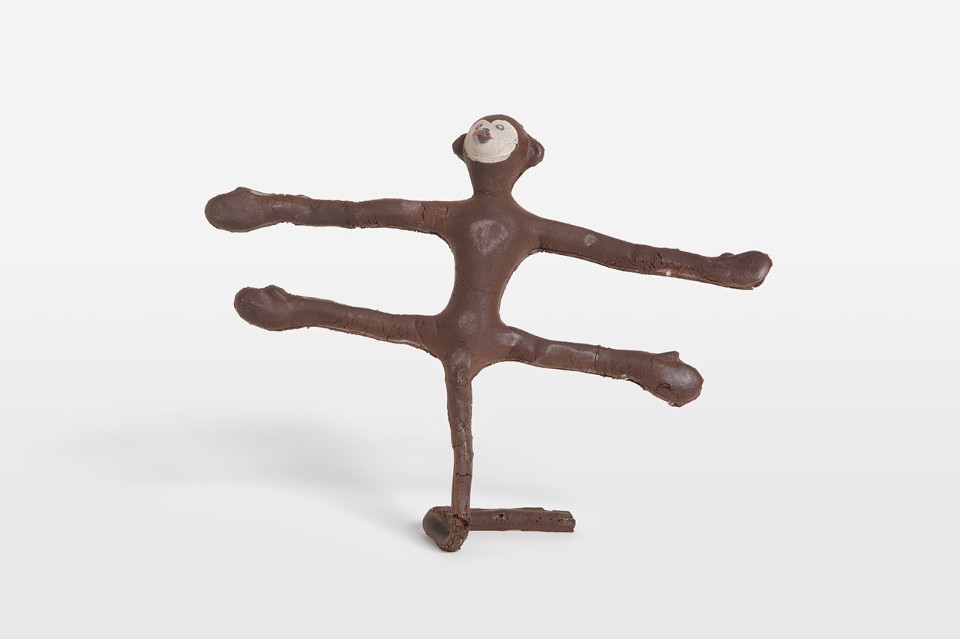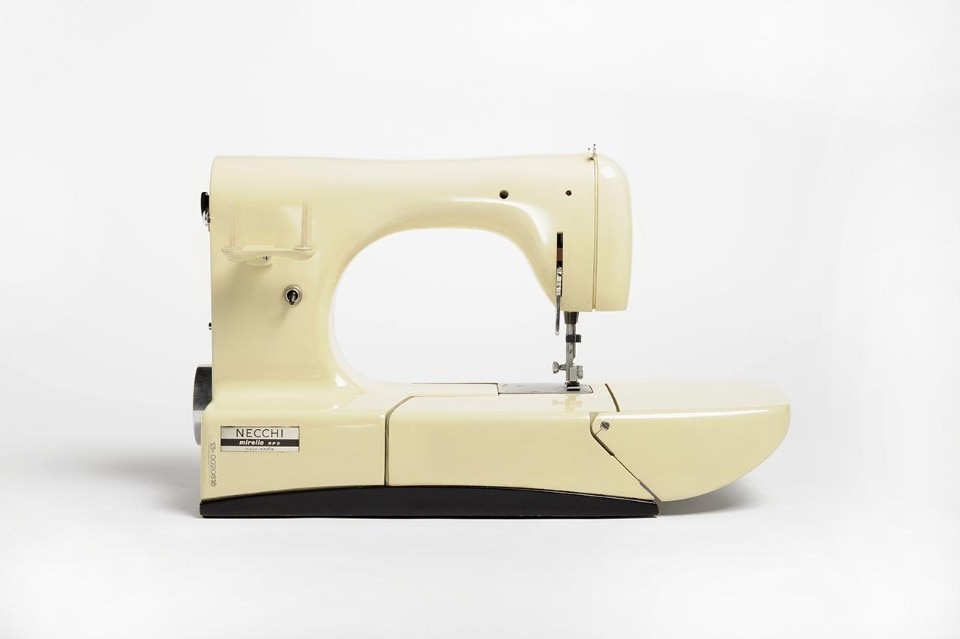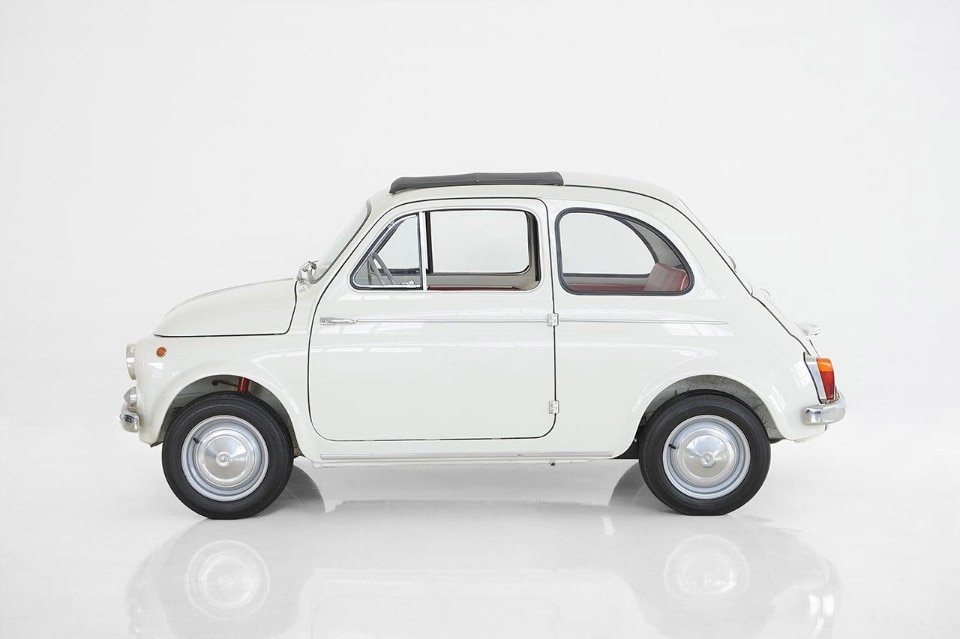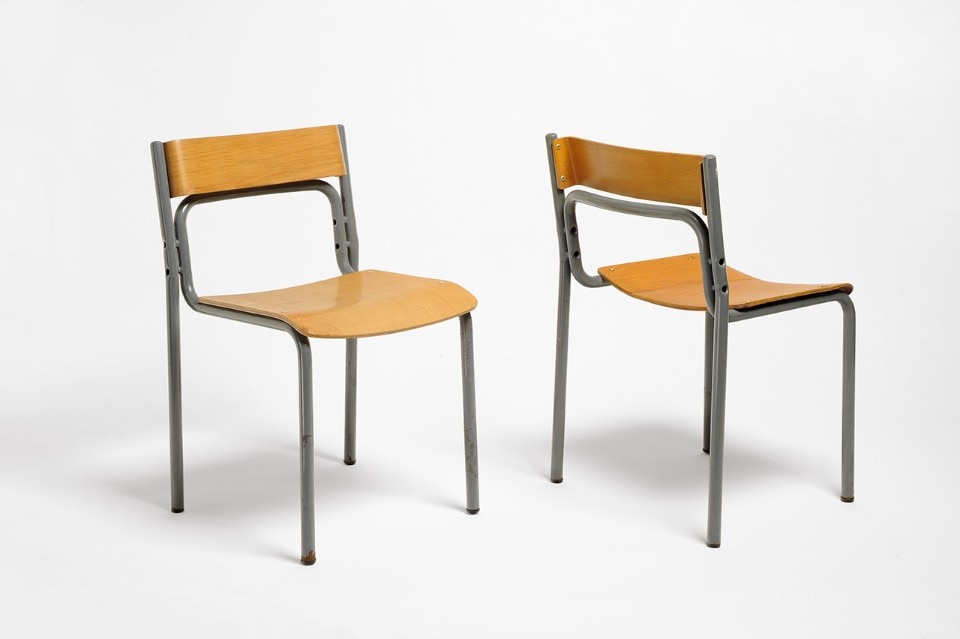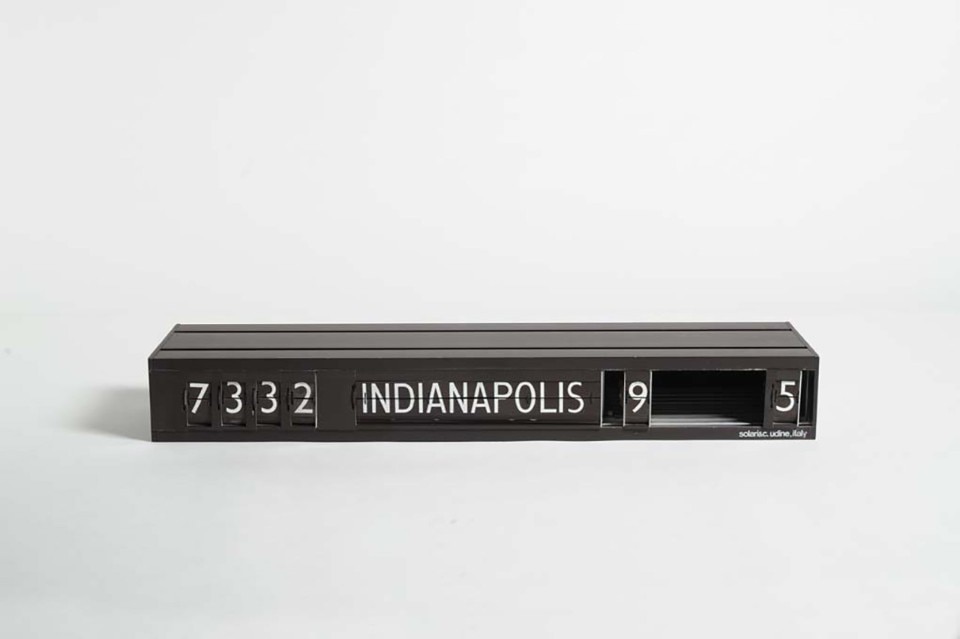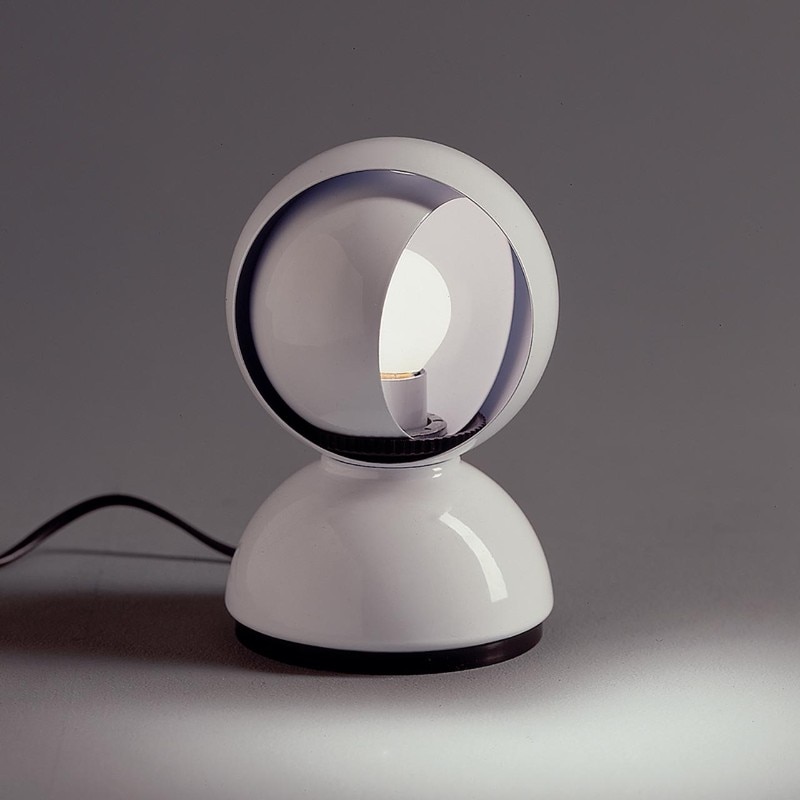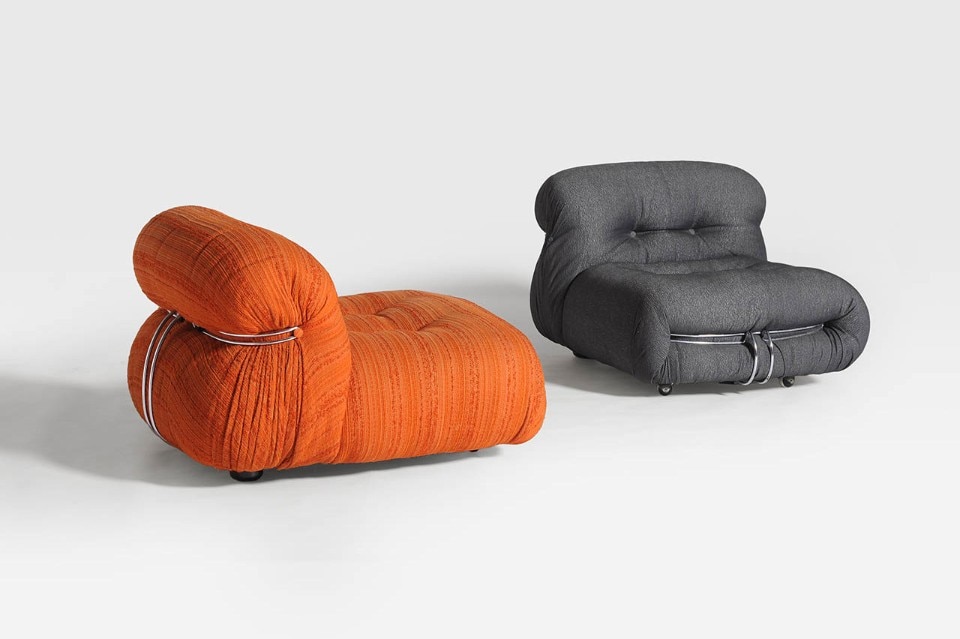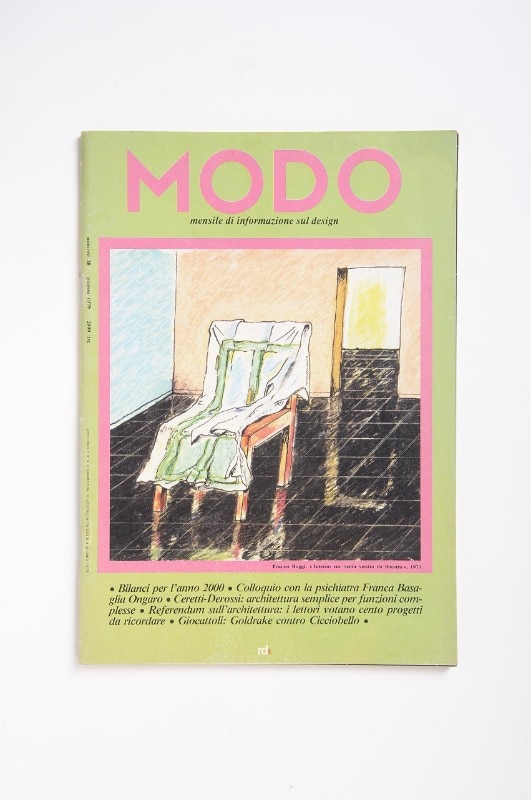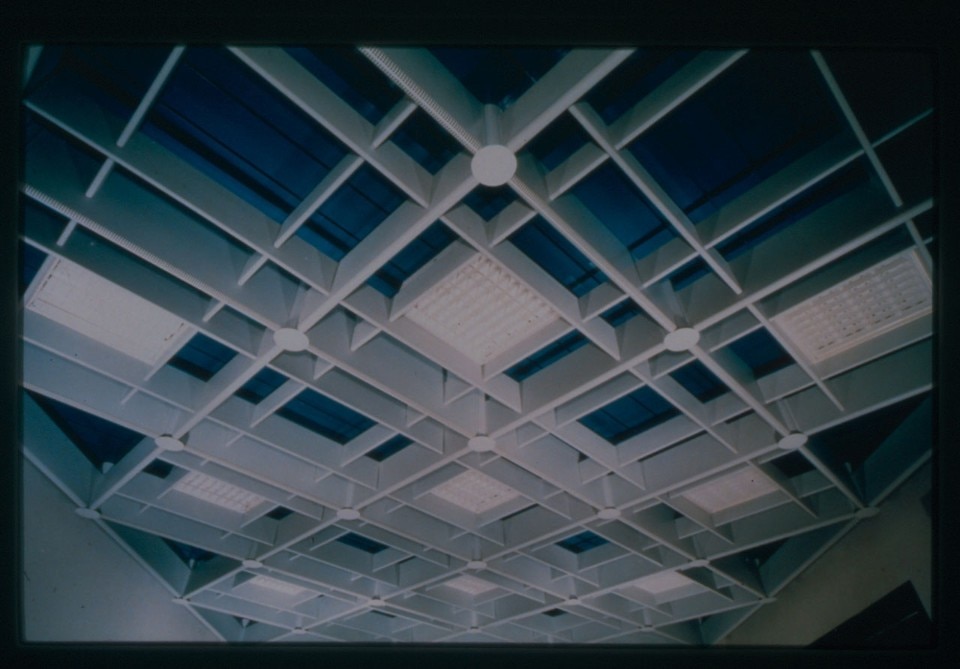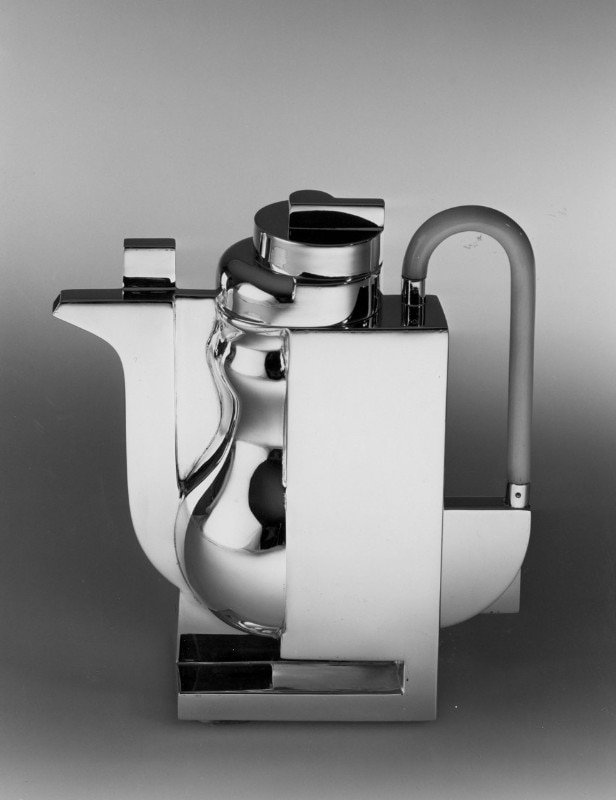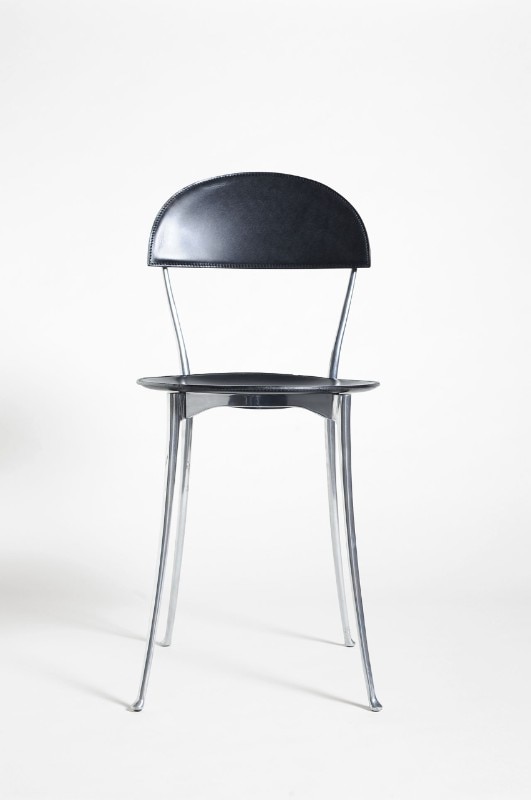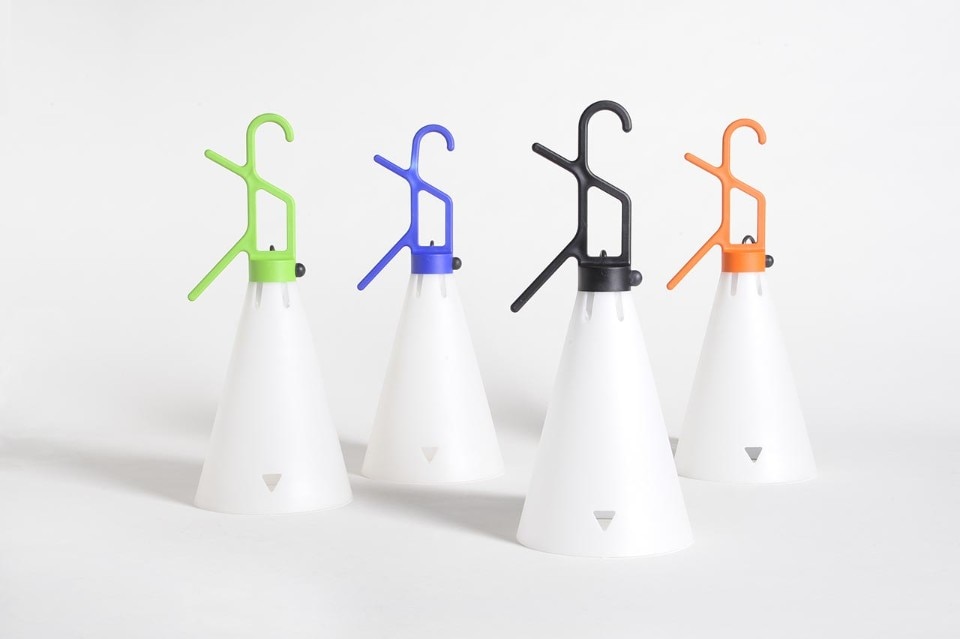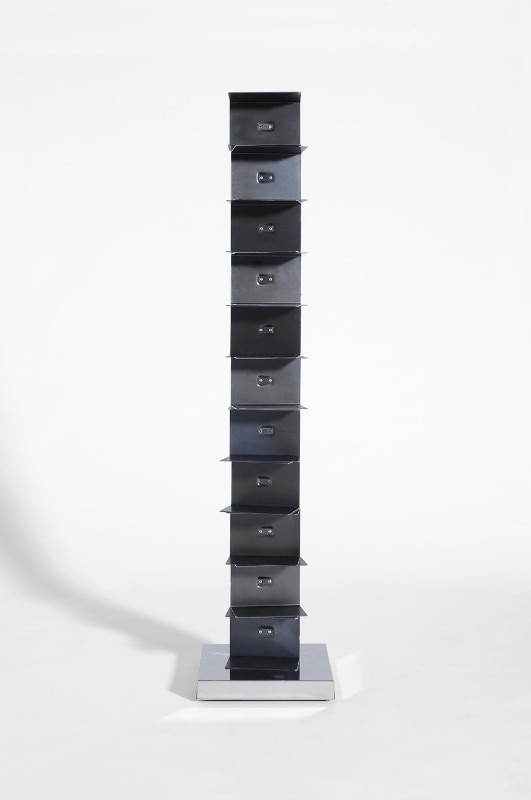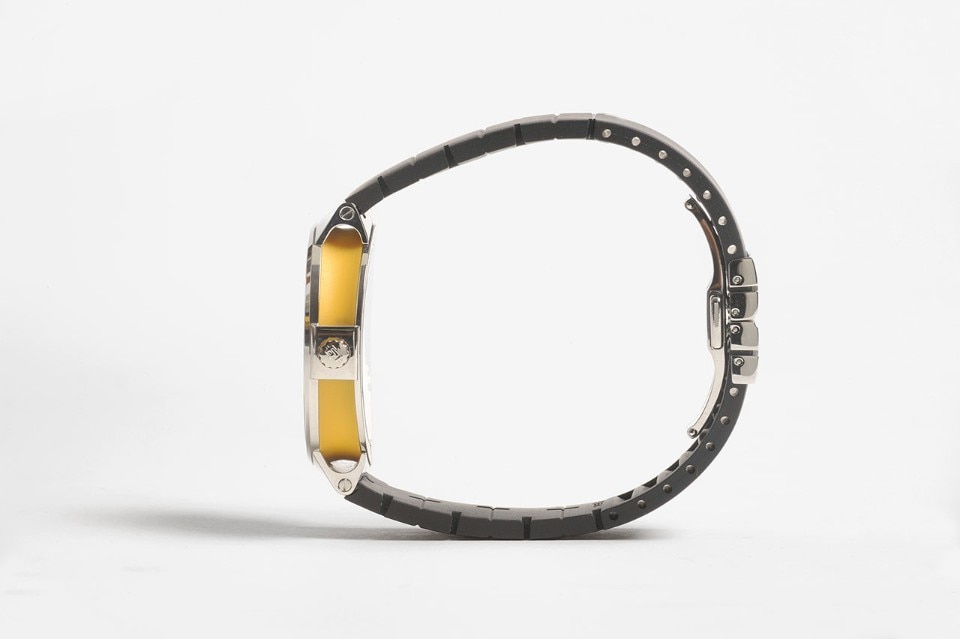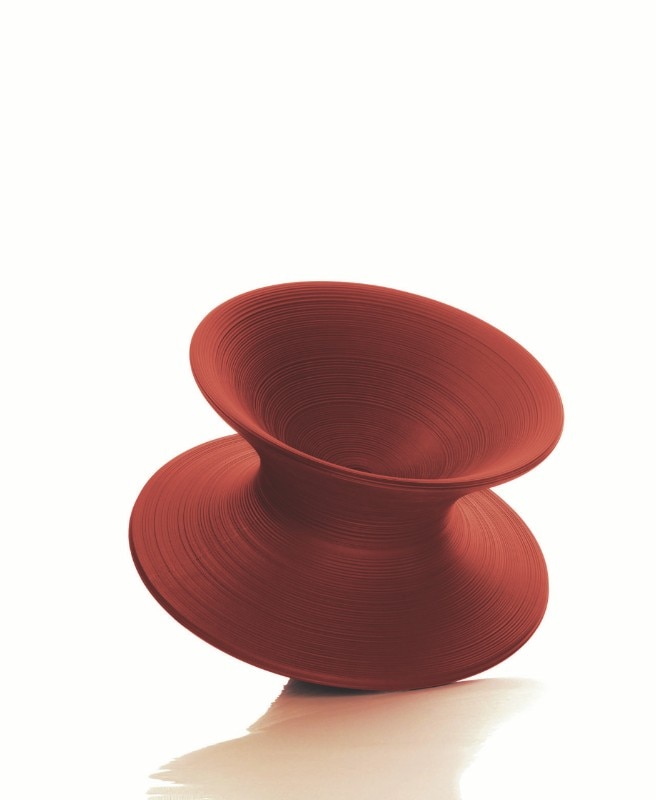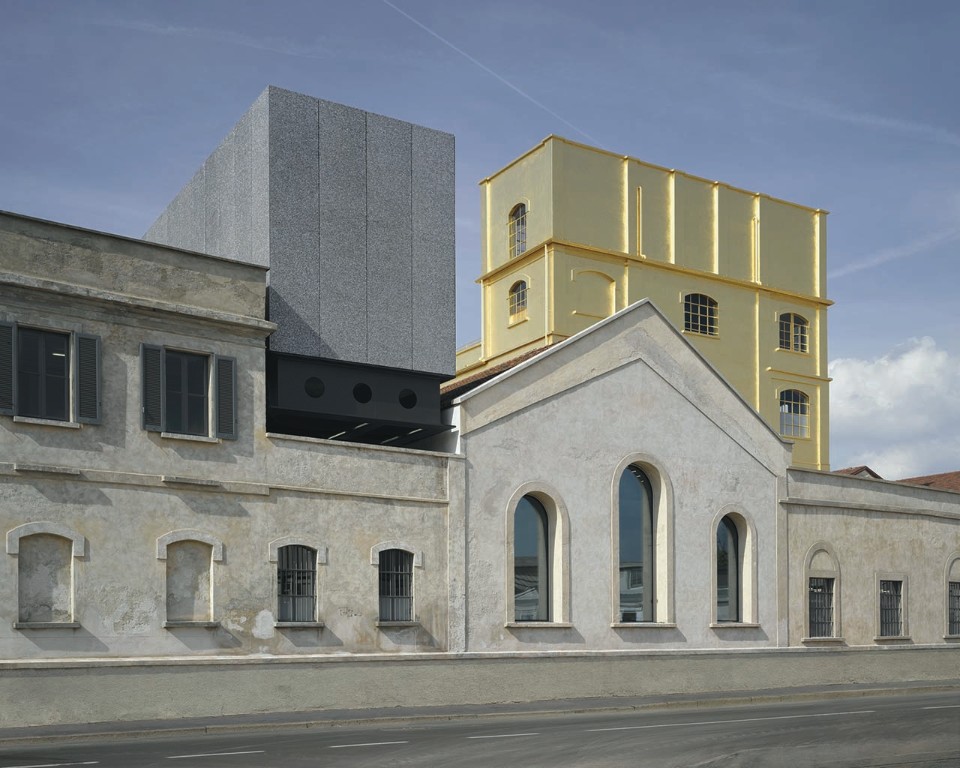The Compasso d’Oro – founded in 1954 thanks to the genius of Gio Ponti and since 1958 under the aegis of the Italian Design Association (IDA) – has become over the years the most prestigious Italian design award and one of the most important on an international level. As very few other awards in the world, the “Compasso” – as the insiders’ community refers to it – has showed to be capable of reacting to the moods and developments of the discipline. Despite heated and helpful debates on the winning products’ innovative and iconic value, this inclination has contributed to establish its reputation over time.
The collection – made up of both the winning products of every category and the Honourable Mentions – has an amount of 2,300 objects and projects. Their heterogeneity – maybe the most interesting aspect of the collection – has been extended according to the IDA’s desire of expanding the Italian Excellence to other fields and not only to those related to the mere industrial product. While in the 1950s the Compasso talks about the challenge of living and creating home comfort in a post war situation, over decades it has opened up to new disciplinary and productive forms, including graphic design, interior design, social design, without forgetting the tribute to the great masters’ careers – before the Italian ones, then the international ones – who were honoured with the Compasso d’Oro Career Award, or the latest career prize for the most long-running products.
The new museum in Milan – a project consisting in the recovery of an old horse-drawn tram depot developed by Giancarlo Perotta and Massimo C. Bodini – will include exhibition areas, museum conservation and facilities along a 5135 square metres space, adding a proper value to the collection for both citizenship and the entire design community. As a consequence, an unmissable opportunity is taking shape: to highlight stories of industrial innovation, often even unknown to professionals and to give to Milan another essential element of a museum system, that embodies above all the soul of the city and the culture of the design.


